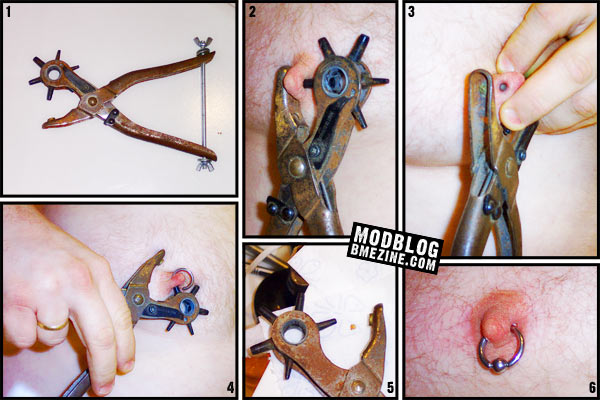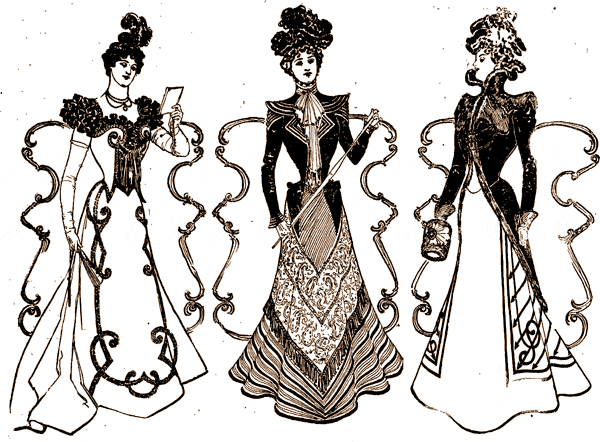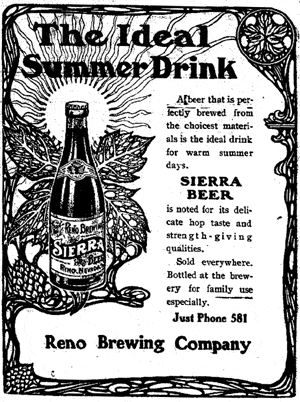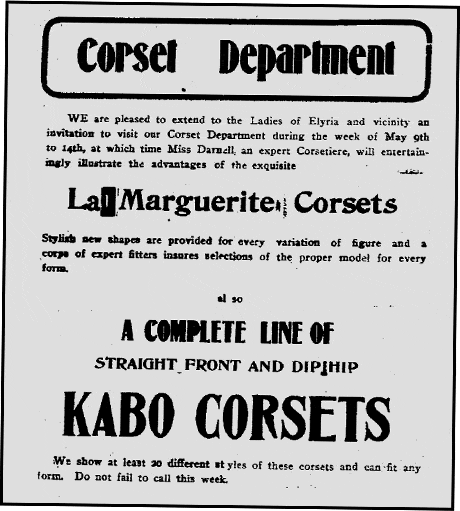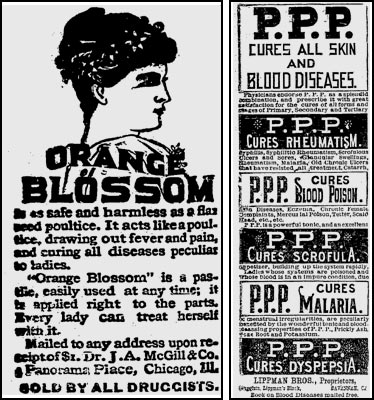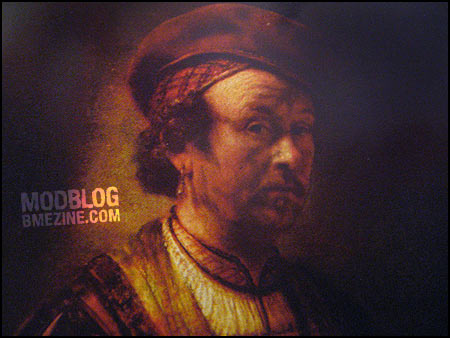I just realized I haven’t printed a historical article in a while. Here’s one from The North Adams Evening Transcript, February 14, 1899.
New York women have a senseless and disfiguring fad of tattooing. The idea was not suggested by the much decorated arms of the heroes of the navy. Its inauguration is due to the fact that English society women are having their limbs tattooed. Recently one of the society tattooers came over from London and in his New York studio seems busy enough to be enjoying the popularity he claims. Of course not all his patrons are women, but he says that a large majority of them are. Actresses are especially fond of wearing some occult symbol, which they trust will bring them good luck.
“Of course,” said the society tattooer, when asked to tell something about his work, “I never divulge the names of my patrons. I make that a rule, even when I know the women would not object.”
“In England I had one patron, a titled lady, who came to me first to have a simple design tattooed upon one arm. She was so pleased with the effect that she came back almost a dozen times, and now her arms are almost filled with ingenious and, to her, significant, tattooings.”
“I remember a young officer whose arm I tattooed with a portrait of his sweetheart shortly before he went away to the war. The portrait now is, with him molding to dust in a grave near Santiago.”
“The favorite place for tattooing? Well, the ladies generally have the design on the arm though I know of many who have been tattooed on the ankle. A good many married ladies are fond of having the inscription engraved on their wedding ring tattooed on the finger underneath the ring. Many of them, too, ask to have bracelets tattooed on their arms. A colored butterfly is also a great favorite. I am able to tattoo in ten different colors. What an artist can do on canvas I will undertake to reproduce on the skin.”
“The method is quite painless. The electrical tattooing machine is fitted with needles whose fineness will be appreciated by ladies when I say that they are ‘sixteens.’ Therefore a tiny puncture from such a needle could not be felt unless the skin is abnormally sensitive.”
“First of all, I wash the arm, or whatever part of the body is to be tattooed, with an antiseptic lotion, which renders the treatment perfectly safe. Then the outline is drawn on with one needle, and this traverses the skin at the rate of 70 punctures a second. After this is finished I put in the shaft as many needles as are required for the shading, sometimes using as many as 60. If the design is to be a colored one, different needles are used for different colors. The same needles are never used twice, each customer having an entirely new set of needles.”
“Engaged couples very often come to have each other’s initials done on their arms. Their mutual interest in the process as tried on each other’s arms is very funny. The worst of it is that when they quarrel both parties descend upon me to have the initials erased. This is impossible, but to overcome the difficulty I trace a heavy design over them, and this hides the initials.”
“I can also tattoo a natural tint of pink upon the cheeks of ladies. It is a very delicate and a very expensive process.”
“I once had a secret society come to me. There were 25 members, and each had the secret sign of the society tattooed on his arm. They wanted to enroll me as a member so that the sign might be safe, but I politely declined, so they made me swear eternal secrecy, which I was quite prepared to do.”
“One of the favorite designs for ladies is a butterfly. Birds with gayly colored plumage and flowers and initials are most often tattooed upon their arms. Sometimes the designs are placed upon the shoulder, where even in evening dress they are not seen. On the arm the long evening gloves cover them. One of the most conspicuous tattooings I ever made was that of a serpent called about the wrist of a society woman. It was a pretty good piece of work, and the serpent looked so lifelike that I wondered at her coolness in going through life with it coiled about her wrist.”
“The length of time it takes to tattoo a design of course depends upon the intricacy of the pattern. My charges are in accordance with this. From 20 minutes to 60 hours are the extremes of time. If a very elaborate picture in many colors were required for the back, it would take me three or four weeks to complete it.”
